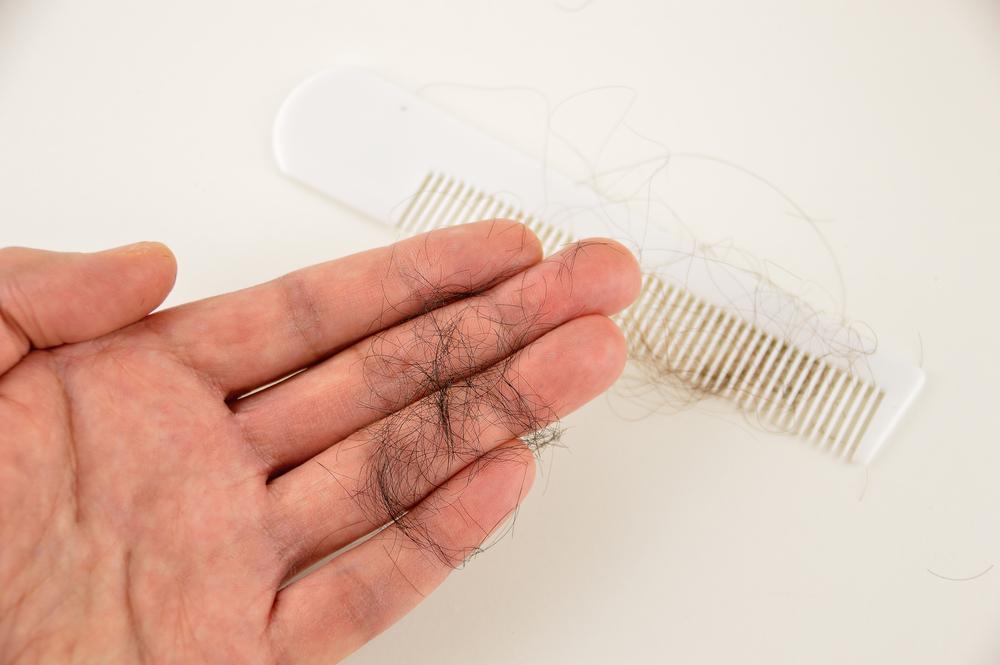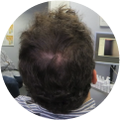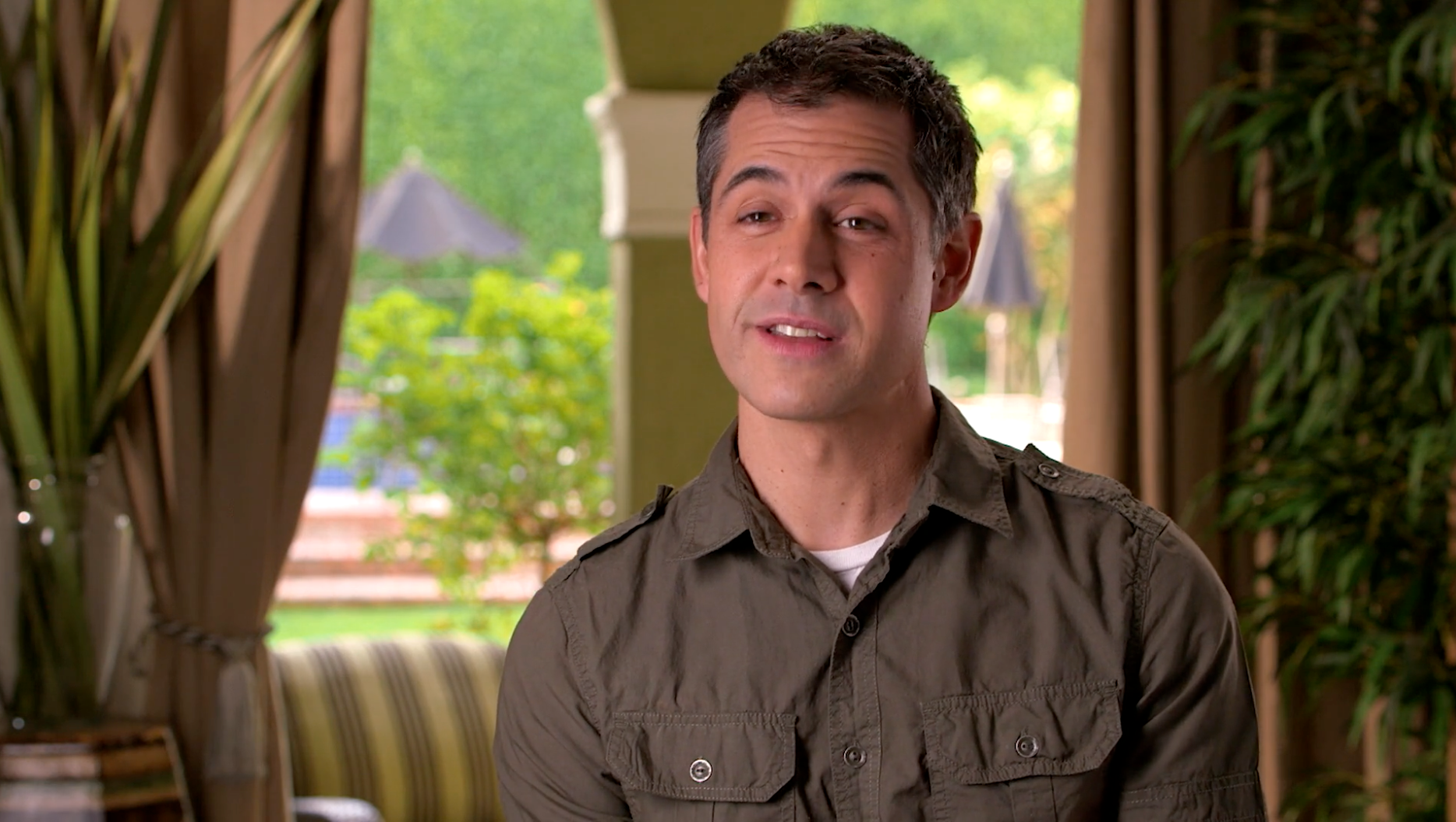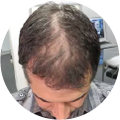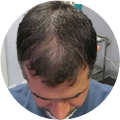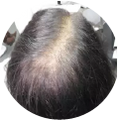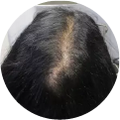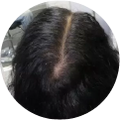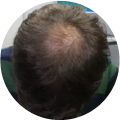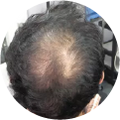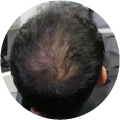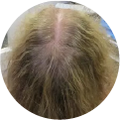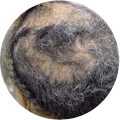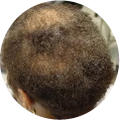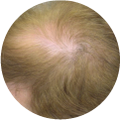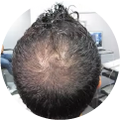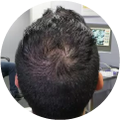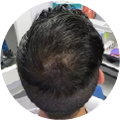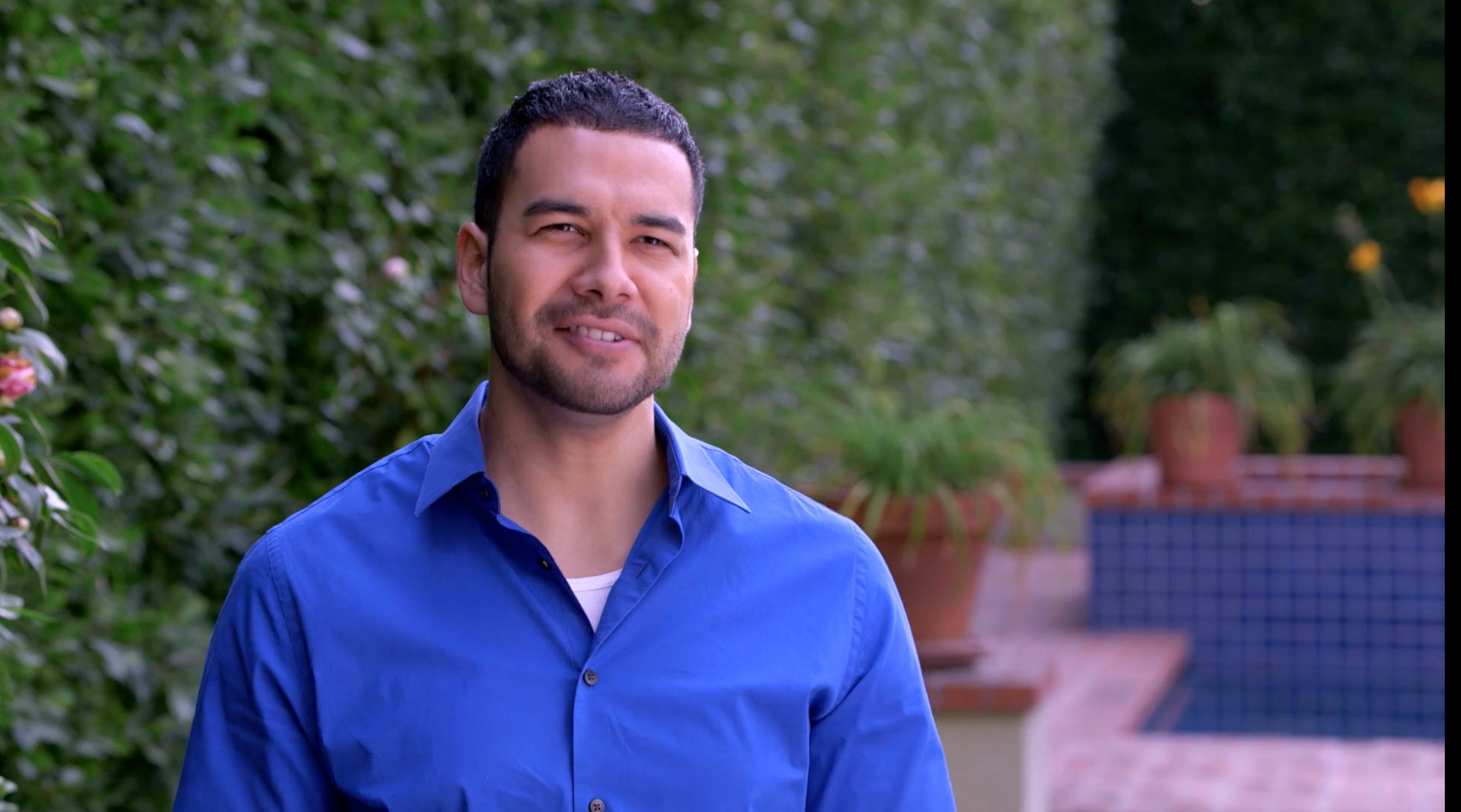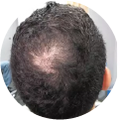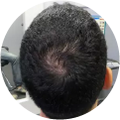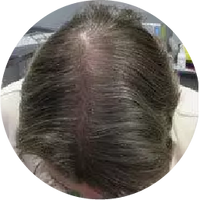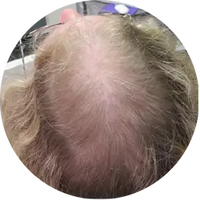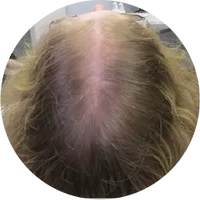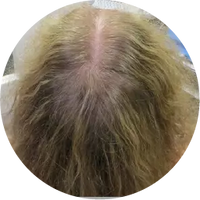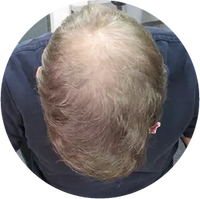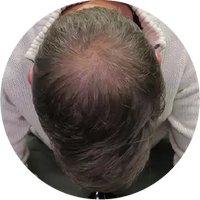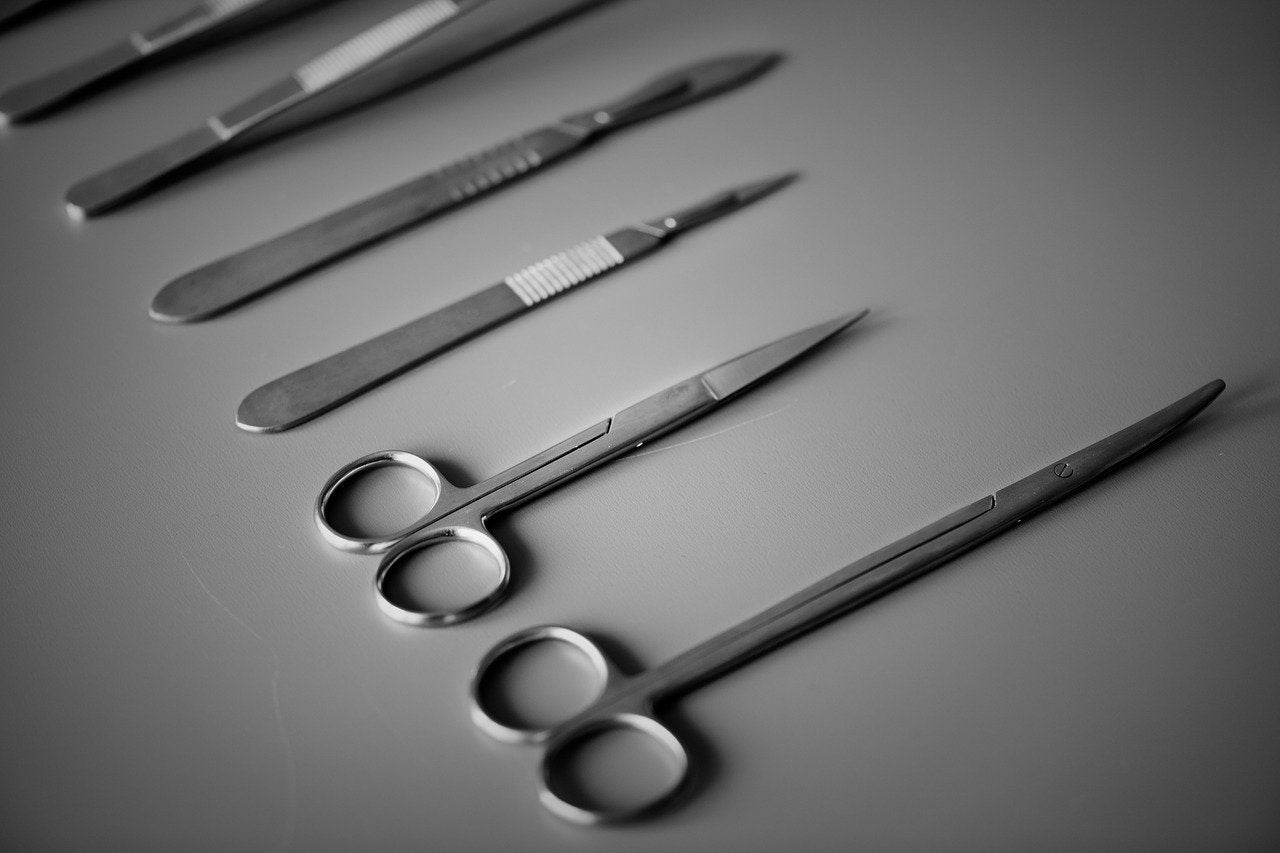
If you have begun experiencing thinning hair or hair loss, the first step to getting back your full head of hair is researching various non-surgical hair loss treatment options. The viability of each option depends on what type of hair loss or thinning you are experiencing, the severity of the hair loss or thinning, and what the treatment option entails both financially and physically. As you begin assessing various treatment options, you will come across a procedure known as hair replacement surgery. This type of hair surgery is also sometimes referred to as hair transplant surgery or hair restoration surgery. Before deciding whether or not hair replacement surgery is the right choice for you, it is necessary to understand who hair transplant surgery is right for, what the process of the surgery is, and how this treatment option compares to other methods.
How to Determine if You are a Candidate for Hair Replacement Surgery
Before delving into the specific details of what hair transplant surgery entails, it is important to first consider whether or not this procedure is right for you. When you meet with a doctor to discuss hair replacement surgery, they will likely touch on a number of factors with you and discuss whether or not your current state excludes you from being a good candidate for hair replacement surgery. Below are a few the main topics your doctor will likely discuss with you to determine whether or not hair transplant surgery is right for you.
- Health Conditions:
As with any surgery, one of the most important factors to consider is your overall health and whether or not undergoing the procedure will be dangerous. If your immune system is compromised in any way, then it could present complications during the procedure and lead to the risk of developing further infections or health conditions. If you currently have any type of serious medical condition, then it is vital to discuss your condition with your doctor before choosing to undergo hair replacement surgery. In addition, if you are on any type of medication that could affect the ability of your blood to clot, commonly known as blood thinners, then this also needs to be assessed prior to committing to undergo this procedure to prevent excessive blood loss during the surgery.
- Age:
While hair replacement surgery is available to people of all ages, undergoing this type of surgery should be treated with extreme caution, particularly by young patients. If you are under eighteen, then your parent or guardian will need to agree that this is the right treatment path. In addition, being young means that your hair pattern is still evolving and changing as you age, so it may take a number of future surgeries to maintain the results that are desired. This can be both costly and potentially painful during healing. The best candidates for hair replacement surgery are over the age of thirty because at that age the body’s hair loss pattern has been established and the results of hair transplant surgery are more likely to age well and maintain their appearance.
- Lifestyle:
A variety lifestyle factors contribute to whether or not you are a good candidate for hair replacement surgery. Leading a healthy lifestyle helps improve your immune system, which makes recovery time less. In addition, a healthy lifestyle also helps promote a successful hair transplant and increases the likelihood of achieving the desired results. A healthy lifestyle includes factors such as getting a good night of sleep each night, drinking enough water to stay fully hydrated each day, eating a diet of balanced foods rich in fruits and vegetables, exercising regularly, and maintaining low levels of stress. Not only will this reduce recovery time, it also helps lower the risk of developing an infection or experiencing significant swelling.
- Hair Loss Type and Severity:
One of the most important factors to consider is what type of hair loss you are experiencing and the severity of the hair loss. Hair replacement surgery is reliant on having enough donor hair on the head to transplant and cover the areas experiencing hair loss. If the hair loss has become too severe, this may no longer be a viable option as the amount of donor’s hair available to be transplanted directly corresponds to how successful the results of the hair replacement surgery will be. If your hair loss is caused by non-genetic factors, such as stress, then it may not be the right choice for you. Stress is one of the most common causes of hair loss in both men and women and often the lost hair regrows after the period of excess stress passes. Before you can determine if hair replacement surgery is the right choice for you, you must determine the underlying cause of your hair loss so you know what type of hair loss you are experiencing and the severity of the hair loss.
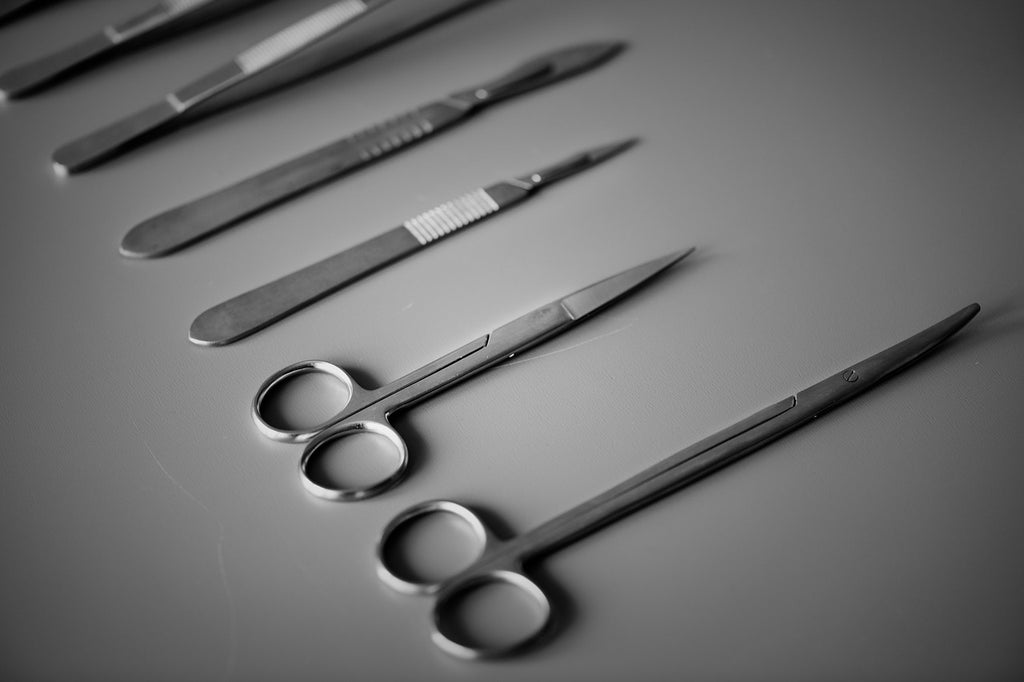
The Process of Hair Replacement Surgery
Hair transplant surgery can be broken down into three main phases: before the surgery begins, during the surgery, and after the surgery. Each phase carries with it a unique set of steps to follow and processes that will occur in order to form the hair replacement surgery process. In order to understand the mechanics of hair replacement surgery, it is important to analyze each distinct phase.
- Before the Surgery:
Once you decide you want to move forward with hair replacement surgery, you will discuss with your doctor the steps leading up to the procedure. It is common for doctors to prescribe antibiotics prior to beginning the surgery to prevent you from contracting an infection during the procedure due to bacteria. In addition, the portions of your scalp from which hair grafts will be removed, which is known as the donor area or site, will need to be trimmed down to facilitate the ease of graft removal during the procedure. All required pre-procedure steps will be discussed in-depth with your doctor during your consultation before the surgery. This is the best time to ask any lingering questions you may have, so make sure to come prepared with any remaining questions you have.
- During the Procedure:
When undergoing a hair transplant, grafts from the portion of the patient’s scalp with hair or a larger section of the scalp are removed. There are a number of different types of grafts the dermatological surgeon can extract, including punch grafts, strip grafts, slit grafts, mini-grafts, and micro-grafts. These grafts are then relocated to the area of the scalp that is exhibiting hair loss or hair thinning. During the procedure, many doctors will flush the site of the incisions with a saline solution in order to keep the skin firm and strong throughout the course of the procedure. These grafts are then transferred to areas on the scalp on which an incision or hole has been made for it to be transplanted within. The type of graft being used will determine what tool the surgeon will wield to perform the surgery. A scalpel allows the dermatological surgeon to exercise the most precision when making small, exacting cuts into the scalp. When extracting punch grafts, however, surgeons will often use a cylindrical tool to make uniform punch grafts. In order to adequately cover the area affected by hair loss or hair thinning, a hair transplant procedure often needs to be performed several times in order to provide coverage.
- After the Procedure:
The hair transplant procedure results in a series of open wounds and incisions that span the donor site as well as the transplanted area. These holes and slits are often closed with stitches, and depending upon the type of graft, may result in a scar. When the procedure is complete, the scalp will be cleaned to remove any bacteria that could cause an infection and then the areas affected by the procedure will be carefully covered with gauze. Many patients are required to wear a pressure bandage in the days following up their procedure, but the after-care guidance varies between dermatological surgeons. Due to the rigor of the procedure, patients are often advised to wait several months between each procedure to allow the skin and scalp time to heal and to avoid the formation of scar tissue. While this precaution is necessary, it extends the amount of time it takes for a patient to see the final results they desire. For many patients, it can take up to two years for the series of transplants to attain a result that provides adequate coverage.
The Cost of Hair Replacement Surgery
The willingness and ability to undergo the procedure for hair replacement surgery are not the only considerations you must make before selecting this treatment option, you must also consider the financial impact of the hair transplant surgery cost. Many insurance companies do not cover the costs of hair transplant procedures, so it is vital to analyze whether or not it is feasible to bear the costs of the procedure. There are two main methods that are utilized during a hair transplant procedure: Follicular Unit Transplantation and Follicular Unit Extraction. Follicular Unit Extraction targets much smaller grafts, making it more expensive, while Follicular Unit Transplantation uses strip grafts, making it less expensive. Though costs vary widely between clinics, most clinics charge patients on a per-graft basis. On average, grafts begin at around three dollars per graft and can cost as much as seven dollars per graft. This means that if you are considering a hair transplant procedure of one thousand grafts if it were to cost three dollars per graft, it would cost you three thousand dollars. Hair replacement surgery can be expensive, so be sure it is the right financial investment for you and is feasible before committing to this treatment method.
Other Treatment Methods
Hair replacement surgery is not the only treatment option available, and before committing to this surgery it is vital to consider all other viable treatment methods available. Hair transplant is an invasive method of treating hair loss, but there are several other treatment options that may help alleviate symptoms of hair loss and hair thinning without the drastic process and cost of hair replacement surgery. Some individuals experiencing hair loss have found success in implementing a strict routine of supplements into their daily habits to provide their body with more of the nutrients it needs to produce healthy hair. There are several ingredients to keep an eye out for when looking for hair supplements to aid in treating hair loss, particularly Biotin, Saw Palmetto, and Beta-Sitosterol, as all of these have been shown to promote healthy hair regrowth. In addition to supplements, certain medications may alleviate the appearance of hair loss that is due to an underlying medical condition. By using the right medication to control the underlying condition, the symptoms of hair loss and hair thinning often dissipate over time as the body regulates.
The ideal treatment for those experiencing hair loss is natural regrowth without the painful cutting and stitching and the hefty price tag of hair replacement surgery. When looking for a non-surgical solution to hair loss, it is important to target products that use scientifically backed ingredients and methods for treatment that have a significant number of success stories that you can validate. The most important ingredient in a non-surgical solution for treating hair loss is Minoxidil, as this has been shown to help reverse hereditary hair loss. ScalpMed’s proven-effective regimen halts and reverses hereditary hair loss and thinning in both men and women. ScalpMed’s effectiveness stems from its unique technology and process, which combines NutriSol®, a multi-patented pretreatment technology, and Vitadil®, a clinical-strength Minoxidil-based treatment formula. This two-step process is also effective for those experiencing hair loss due to non-hereditary factors. Ninety-five percent of individuals using ScalpMed experienced remarkable growth within the first six months of use at only a fraction of the cost of one round of hair replacement surgery. Before you decide on the right treatment for you, be sure to explore all available options and research them to choose the right method for you.












